About Photography: Aperture
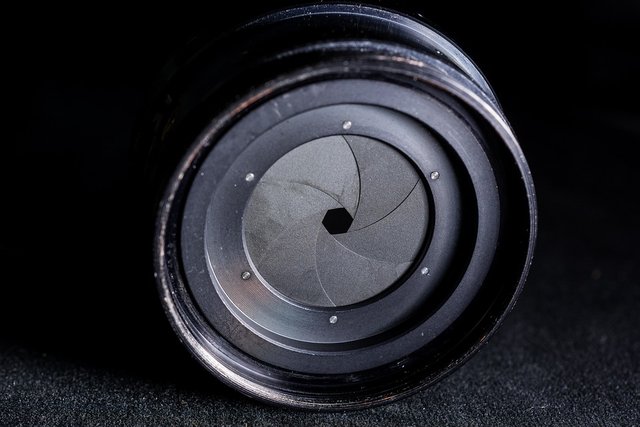
Aperture
When we look inside a lens, we'll see aperture blades and a small hole in the middle. The size of that hole is commonly referred to as aperture. It controls how much light passes through a lens.

The size of the hole is expressed as aperture numbers or f-numbers: The ratio of focal length to effective aperture diameter. For example on a 50mm lens at f/1.4 the hole diameter is about 35mm. At f/16 that hole is about 3mm in diameter.
F-numbers are usually counted in f-stops. (Each f-stop doubles/halves the amount of light that passes through the lens.) For example, Going from f/1.4 to f/2.0 halves the amount of light passing through, because at f/1.4 the area of the hole is ~980mm(square) and at f/2.0 the area is ~490mm(square) which is half the size. Going from f/1.4 to f/2.8 reduces the amount of light by four times. Going from f/1.4 to f/4 reduces it by 8 times and so on.
Most lenses ~99% have their aperture ring move in f-stops which makes it easy to understand how much light passes through and what setting to use. Old manual lenses can be modified to remove those steps, but that's purely a personal preference.
Zoom lenses have sometimes variable apertures meaning if zoomed in the aperture may automatically go to f/5.6, but once zoomed out it will go down to f/4.0 for example. This is useful to keep in mind.
Depth of Field
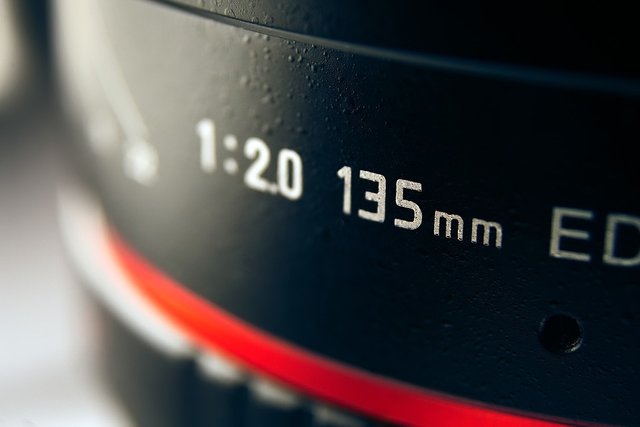
On lower aperture numbers the depth of field is very shallow. It's also referred to as shallow focus. A shallow focus blows out the background and usually has a very narrow area where the image is focused, like the image above. The "...35mm" is in focus but everything else is blurry.
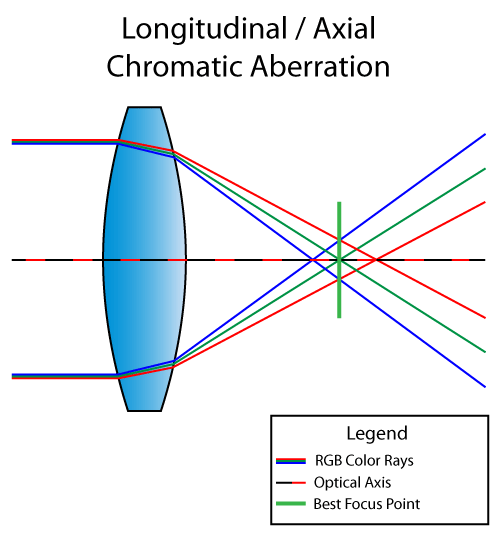
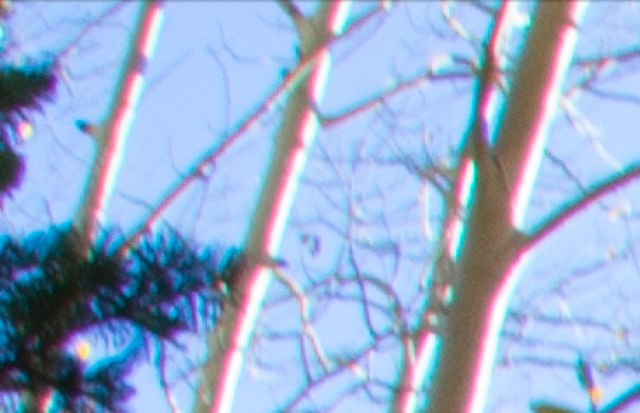
A low f-number causes aberration: not all light falls on the convergence points. This produces chromatic aberration, color fringing and a soft image.
With higher f-numbers that effect is reduced. The picture becomes more focused and clear. When the whole image is in focus that is referred to as deep focus.
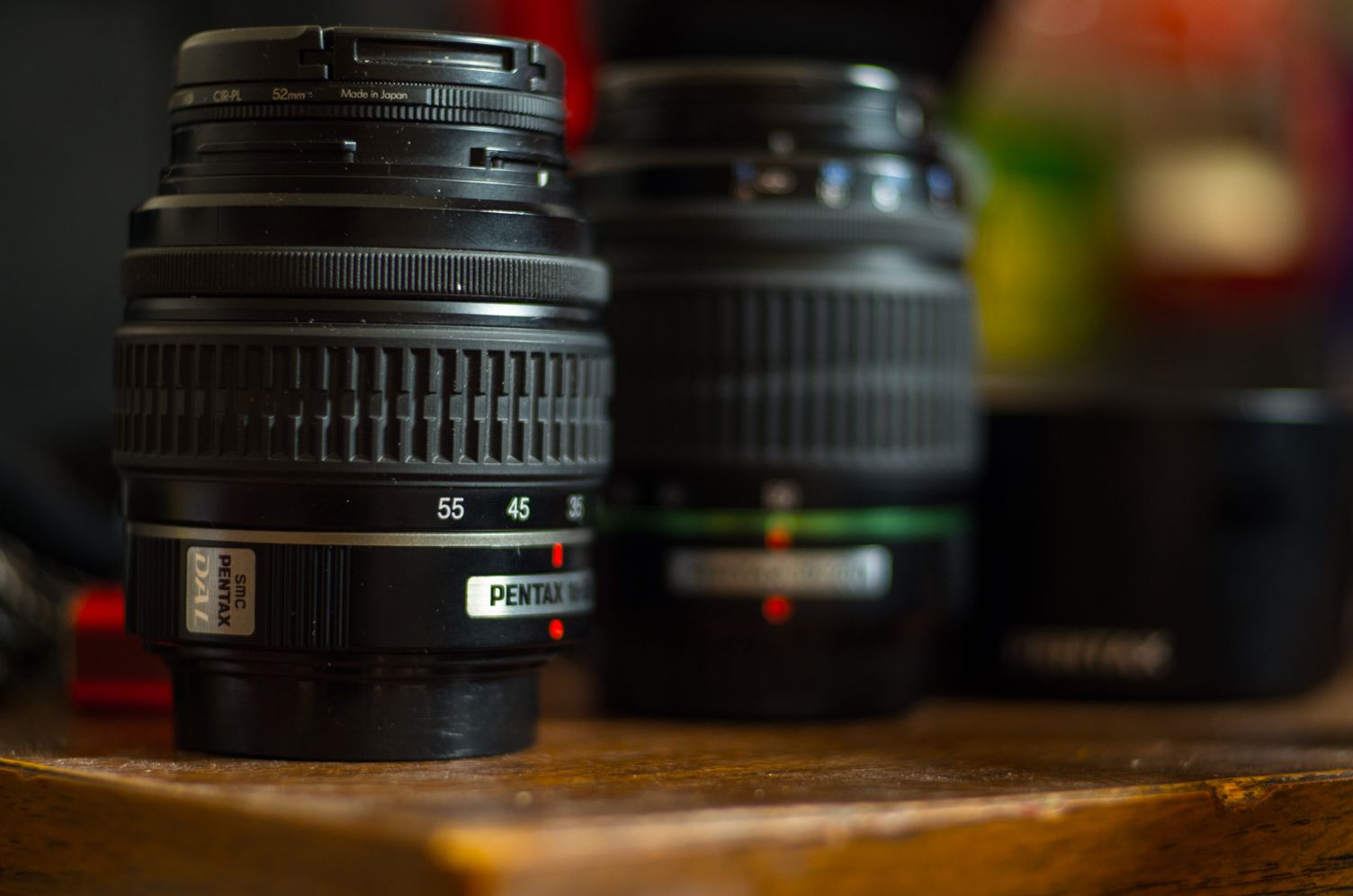
ISO400; 1/25th; f/1.8
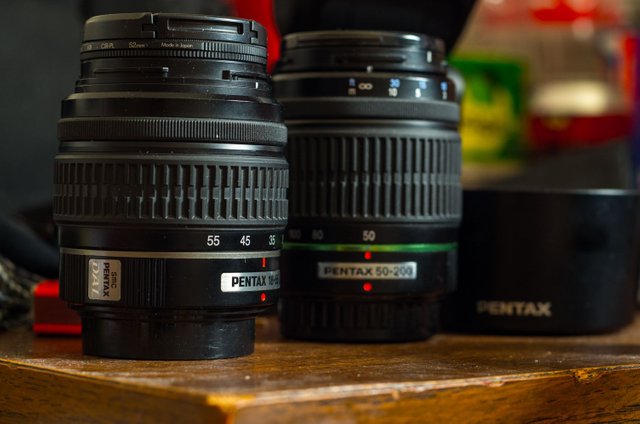
ISO400; 1/3th; f/5.6
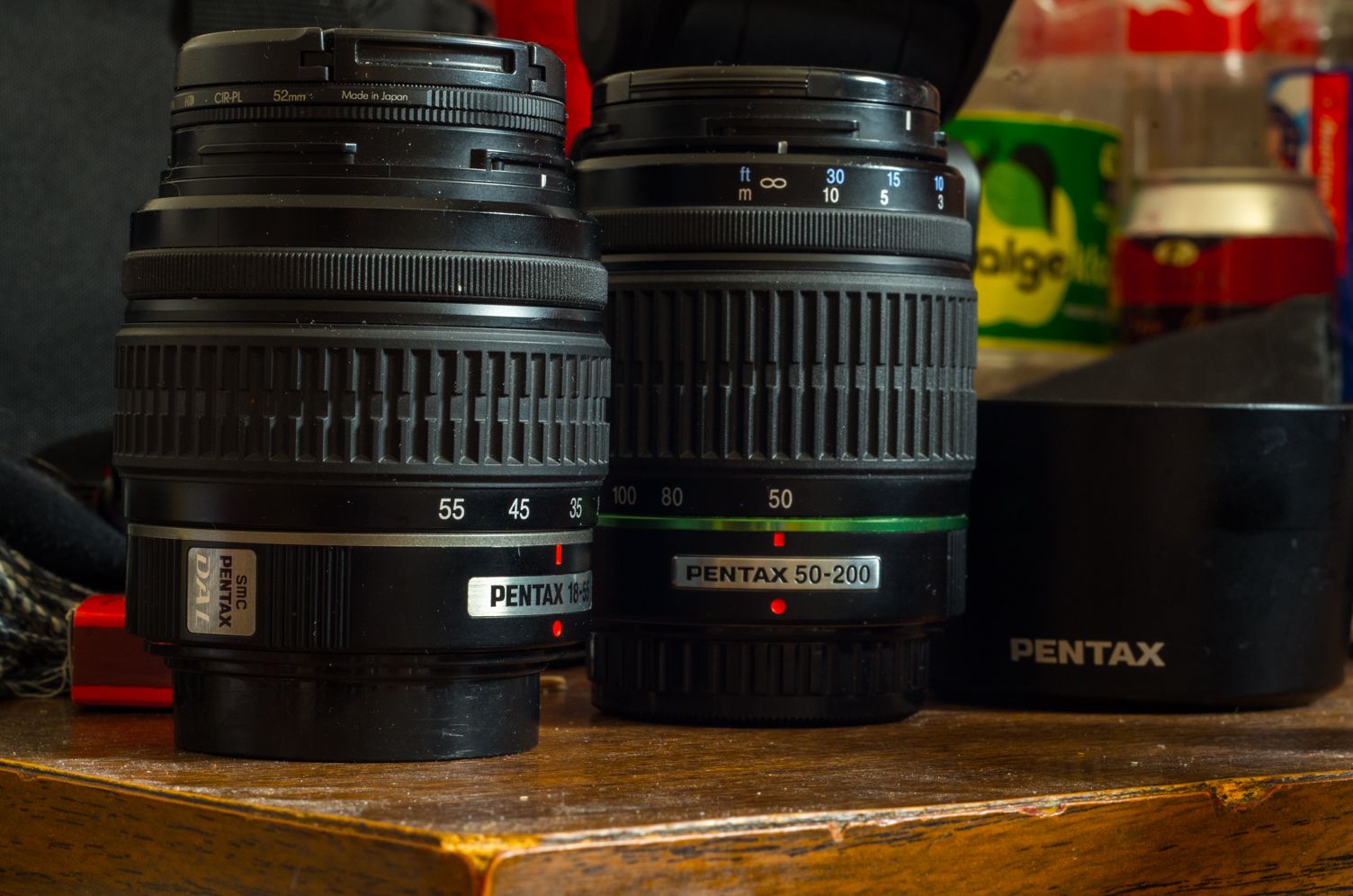
ISO400; 2.5s; f/16
Notice how with each aperture change the exposure time increases. This is done to compensate for the loss of light due to the higher f-numbers. That's a topic for another time time.
With the increase in f-numbers the picture get's more sharper, but going too high will cause diffraction which in turn will result in a soft image. The sharpest settings are usually between f/7.1 to f/9 for most lenses. Each lens is a bit different.
Bokeh
Another thing the aperture changes is the type of lens flare you get and the bokeh.
The wider open or lower the f-number is the bigger bokeh you'll get. If stopped down completely you'll get a round bokeh.
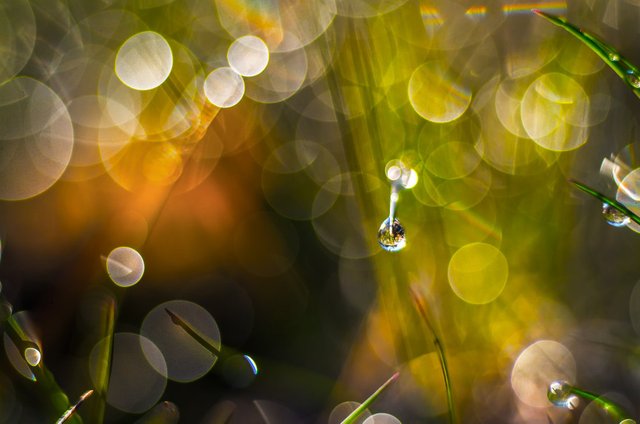
ISO200; 1/1250th; f/1.8
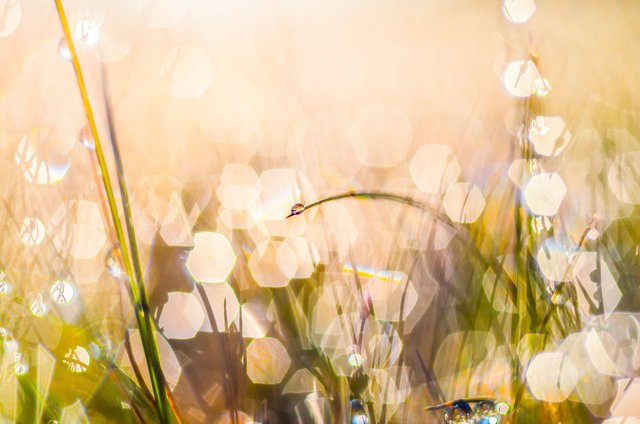
ISO200; 1/2000th; f/2.8
As the above pictures demonstrate, with an aperture of f/1.8 the bokeh is round(this is fully open for this lens), but stopped down to f/2.8 it becomes hexagonal. In this case it's hexagonal because the lens has 6 aperture blades. With more blades you'll get more sides.
Bokeh shapes are also dependent on aperture blade geometry. In essence the shape your aperture is is the shape of bokeh you'll get. There are straight blades, round blades, bowed in and bowed out etc.
Sunburst
Creating a sunburst effect is quite easy, but the effect is again dependent on the aperture.
It's usually recommended to use a high f-number, a wide focal length and keep the source of light as small as possible. This should create some sharp starburst images like those below:

http://deryk.photography/
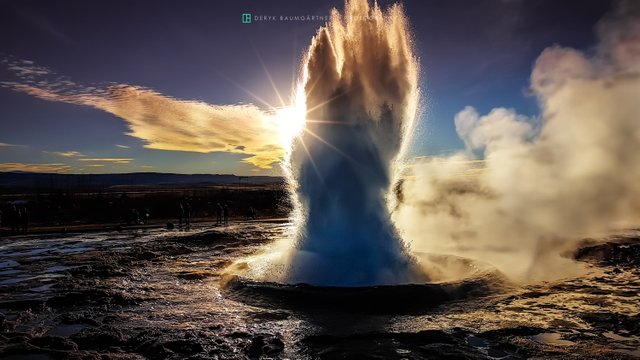
http://deryk.photography/
You don't need expensive gear to do that. Even with a kit lens it's possible. But just like with the bokeh, the amount of rays you'll get is dictated by how many aperture blades your lens has.
It's also worth noting that not all lenses create the same effect. Some aperture blades are good at it and some are bad. Though a sunburst may look good, you may not always want one.
Here's one of mine done with a kit lens at a fairly low aperture:
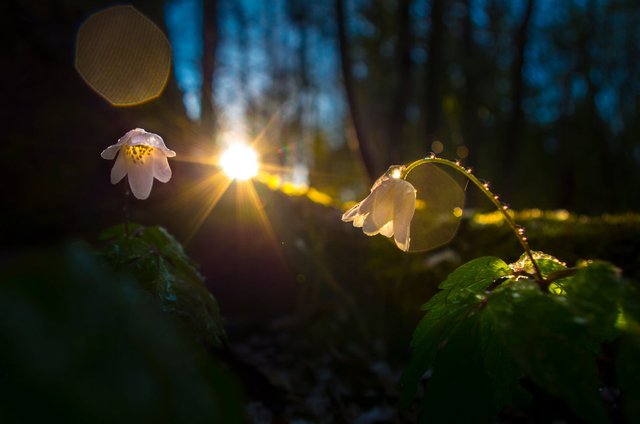
I hope this was helpful and informative.
Next time I'll talk about exposure times.


Ou m8 mis ma valesti teen?
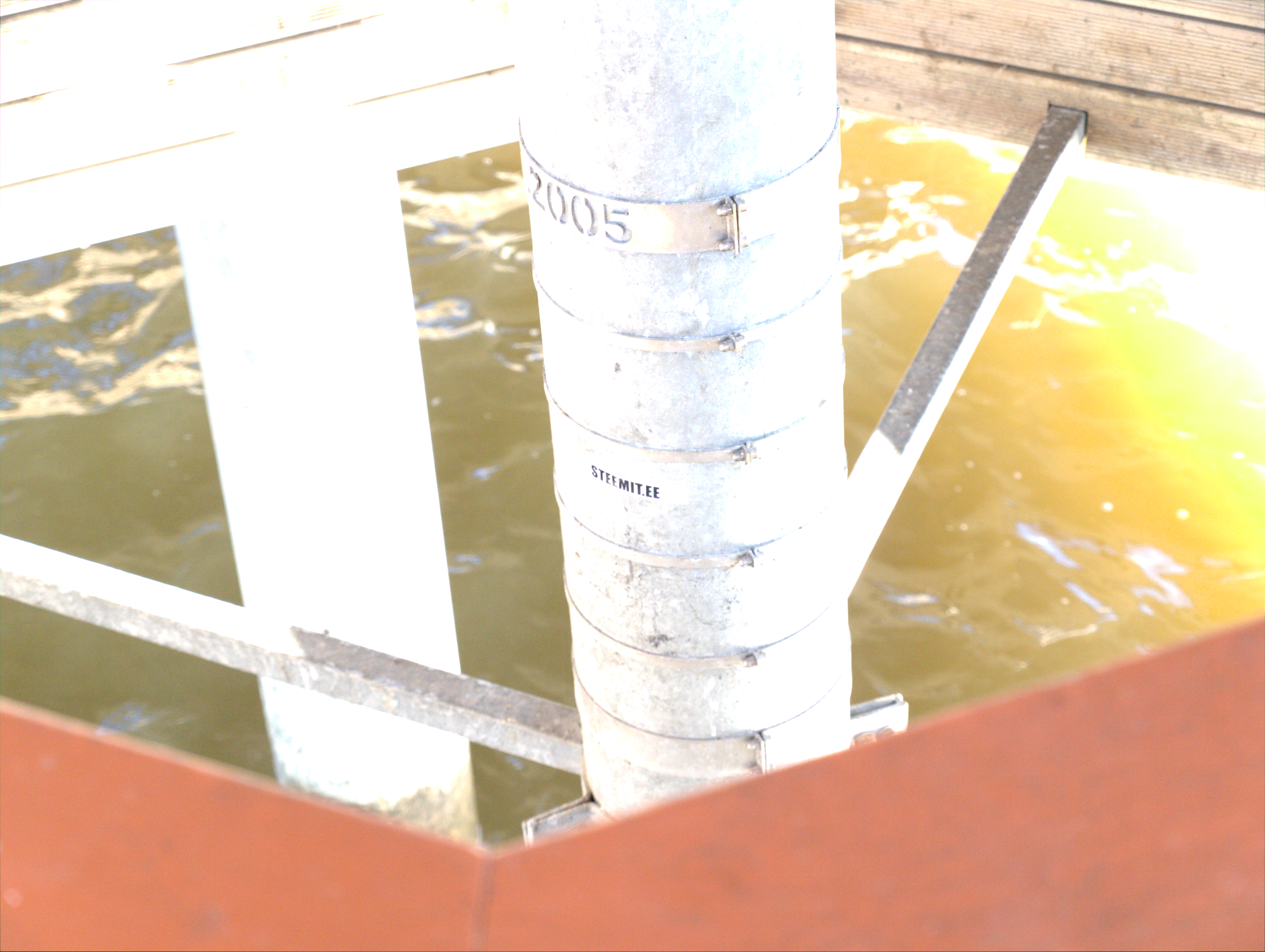
i am very happy for your post..very nice post
I enjoy reading the post of yours, @sulev. Keep up the great work.
Upvoted & Followed.
Some good and basic explanation about photography. I started following you
Nice one!
Three additions, if I may be so bold:
Yes. I'll add those things too, thanks.
Totally forgot while writing.
Nice post!
This is some great and useful stuff man. I'm sharing this with @Steemtrail.
https://discord.gg/uwjBaHb
thx!
Thank you, interesting!